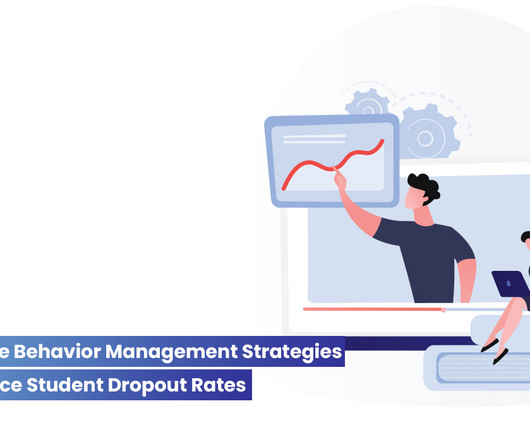Supporting Student Success in Higher Education: A Comprehensive Guide
Creatrix Campus
JULY 20, 2023
Additionally, successful students contribute to a vibrant and intellectually stimulating academic community. Career Readiness Higher education aims to prepare students for their future careers. Student success ensures that students develop the knowledge, skills, and competencies required for employment in their chosen fields.












Let's personalize your content